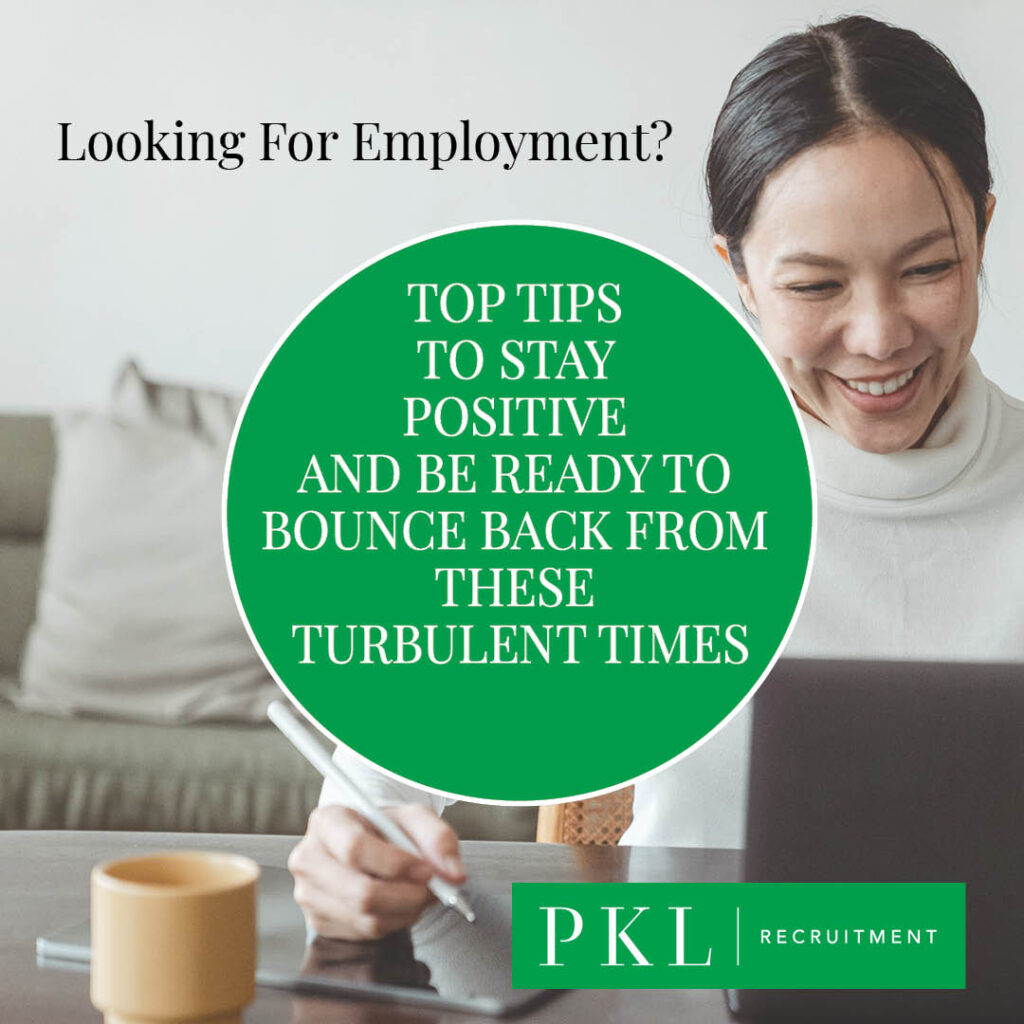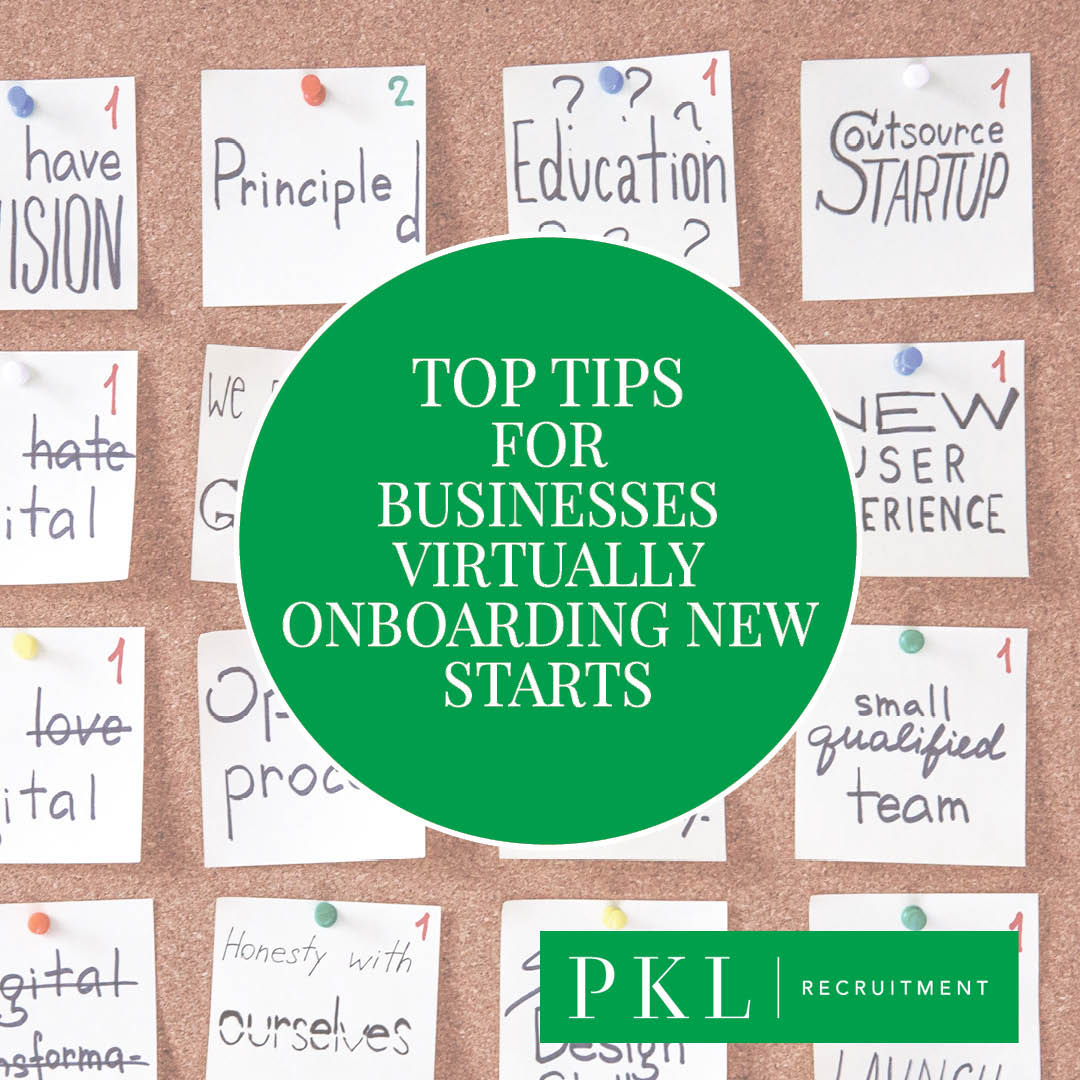Top Tips For Answering The Most Likely Questions Asked At An Interview
Top Tips For Answering The Most Likely Questions Asked At An Interview
It is important to give succinct answers tailored specifically to the requirements of the job advertised. A prospective employer will always want a candidate to give an account of themselves. What is advisable is to give a condensed, to the point resume of your key, most recent qualifications, strengths and relevant up to date skills attained, always keeping in mind the job advertised. Show how these skills would meet the exact itemised specifics of the job description.
Review your past experiences at work
Find evidence of desirable skills such as problem solving, self-composure, ability to be an effective team member or ability to multi-task. Employers want a candidate to draw on real life work examples to demonstrate such abilities or attributes. Share examples of setbacks at work which you overcame. Highlight achievements in your past jobs. Be specific about how you added value to the business or maintained composure faced with challenging circumstances or customers.
Show a desire for self-development
To assess a candidate’s self-awareness, employers often ask about weaknesses. This is the perfect opportunity to show a desire for self-development and personal growth. Perhaps there are personal obstacles you have overcome in the past and appropriate challenges you are working towards overcoming now. For example, some candidates may be too hard on themselves and are learning that even mistakes can be a great learning curve.
Demonstrate you are motivated through future goals
This is a chance for you to demonstrate that you are focused and motivated with a sense of purpose. It is best to outline realistic short-term goals as well as longer term vision. Acknowledging how the job applied for could help achieve those goals will establish that the job is more than just a short stop gap until the applicant finds something else.
The hobbies question!
What an applicant does in his/her spare time can speak volumes about his/her values and can be used to further demonstrate traits that are transferable to the workplace. Sporting examples highlight commitment, stamina and being a team player. Creative hobbies can show an innovative, thinking outside the box side to an applicant. Learning a language may show agility.
It is key to show knowledge of the business
Research the business thoroughly- awards achieved, projects completed or underway, mission statements, history, values, testimonials, culture. An applicant who does this shows that he/she is very interested and well versed about the job. It demonstrates that they have intelligently evaluated the business before applying and so have applied from an informed position as a good fit.
Further questions
Ask meaningful questions that are not ascertainable from a quick google search. It could be a futuristic question about the challenges faced by the business or training programmes. Being informed about the industry in which the business operates can lead to more intelligent questions.








